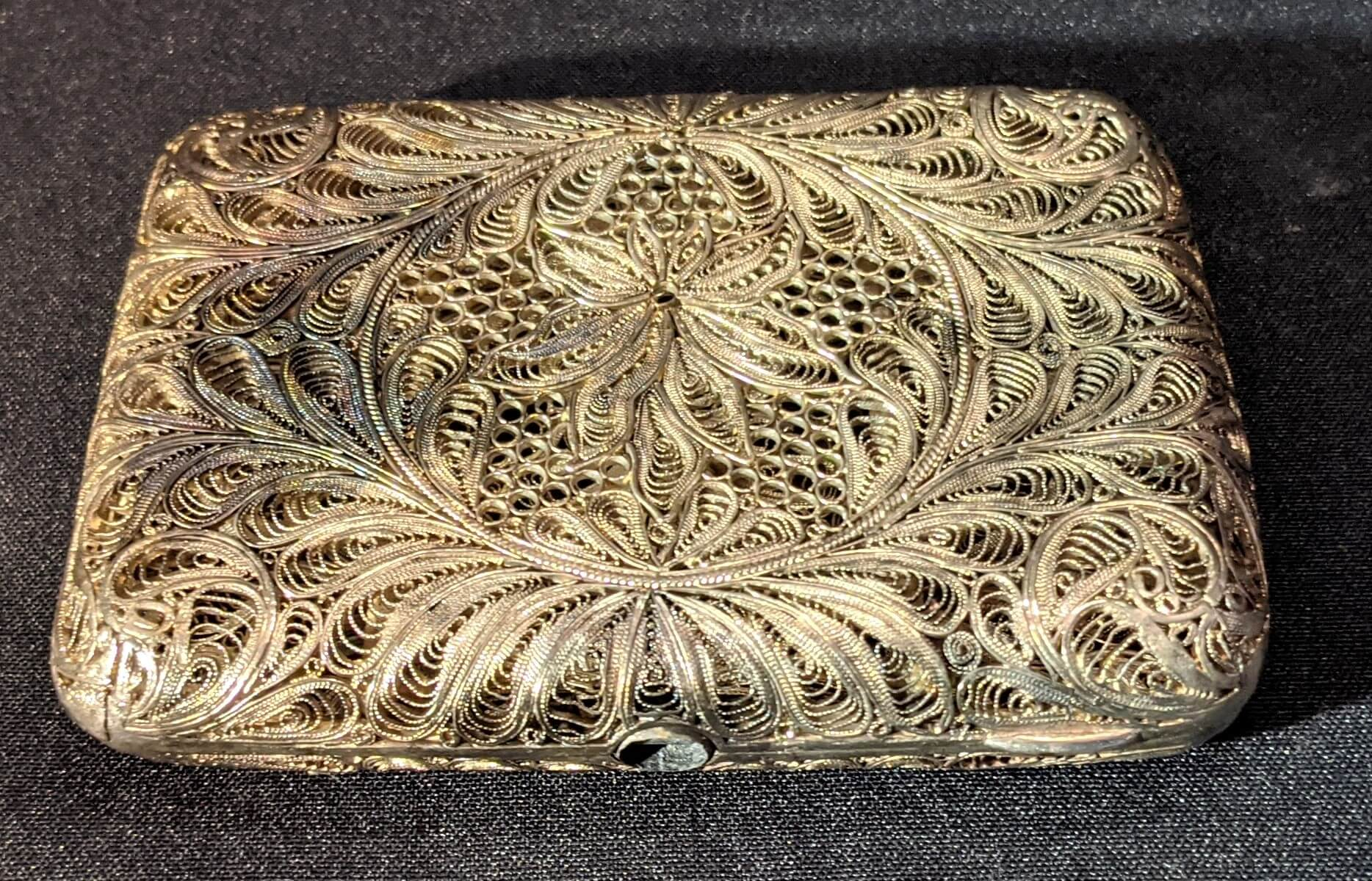Fashion History Project
The Ask
Research and compile information into a visual slide deck detailing fashion trends of each era/decade, starting in 1850, ending with 1980. Identify popular silhouettes, garments, accessories, and who/what influenced these. All photos should be historically accurate
VICTORIAN era | 1850-1900
Womenswear of the Victorian era was known to be modest in terms of coverage, but extravagant and eye-catching in terms of style. The desired silhouette at this time included very straight posture, small, defined waists, curved hips, and well supported busts. Popular dress consisted of multiple layers, with a pointed bodice and voluminous bell-shaped skirts as the top layer. Throughout the decades, silhouettes shifted a bit; bustles, fishtail-like skirts, drop waists, and various necklines and sleeves would be featured.
Menswear, unlike womenswear, was streamlined and unchanging. Personal style was shown mainly through hairstyling and waistcoats, otherwise, men wore dark neutrals, which was even described as “dismal” during the time.
In 1860, the tuxedo Edward VII debuted and popularized the tuxedo. Royals and other high society individuals heavily influenced fashion. This can be seen through Charles Worth’s designs, which were loved by royals, and mimicked by common folk. Charles Worth was arguably the most influential fashion designer of the Victorian era
Edwardian era | 1901-1919
The biggest difference seen in Edwardian women’s fashion was the shift towards the S-bend silhouette and one piece dressing, as opposed to two piece dressing. The corset used to achieve the S-bend was initially promoted to be “healthier” than the ones used in the Victorian era. Light pastel colors and tea gowns were popularized by Alexandra of Denmark, the wife of Edward VII.
This era exhibited a shift towards practicality and a casual lifestyle. Tailors were becoming less essential, and many geared their careers more towards creating military uniforms, which influenced men's fashion. The color khaki was popularized by these uniforms, and appeared in everyday clothing. Wristwatches grew to be popular for everyday wear, as modern activities, such as driving, rendered the pocket watch inconvenient, and fedoras became the popular style of hat for formal events.
The 1920’s were an exciting time for women internationally. Between 1918-1920, women in Canada, Scandinavia, Germany and the United States, all gained the right to vote. Female liberation heavily influenced trends. The flapper style included short hair, fringe and beads, and an androgynous, lean silhouette. Women also took to smoking cigarettes as a representation of freedom, which resulted in cigarette cases becoming essential accessories. Popular women’s accessories also included small handbags, feathered fans, wristwatches, bangles, and long beaded necklaces.
1920’s
INTERESTED IN LEARNING MORE?SKILLS
PHOTOSHOP
TIME MANAGEMENT
RESEARCH
GRAPHIC DESIGN
WRITING
The takeaway
This project opened my eyes to my interest in understanding how fashion reflects society;who we look to for guidance and how the political climate affects the clothes we wear. This is a theme that has always been present during my time studying fashion. It was important to me that I used authentic, historically accurate visuals throughout the project to truly understand both the larger themes and nuances of each era.








